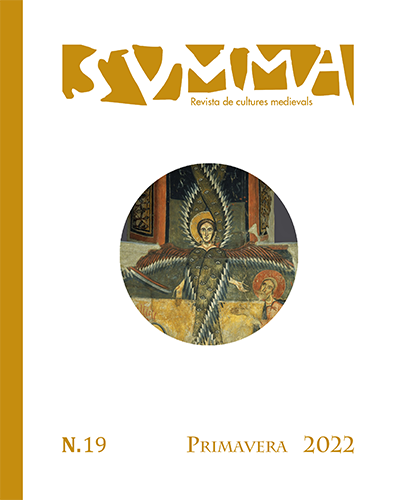Catalan Romanesque painting and the Eucharistic liturgy: Theophanies, Crucifixions and Virgins with the Child
DOI:
https://doi.org/10.1344/Svmma2022.19.4Keywords:
Romanesque, Painting, Spain, Catalonia, liturgy, Eucharist, theophany, Crucifixion, Madonna and Child, seraphs, cherubsAbstract
The Romanesque mural paintings from the current territory of Catalonia, including its northern margins, display a will to emphasize the celebration of the Eucharist and its relationship with the heavenly liturgy. Multiple connections have been established through themes generally interpreted in this sense, such as the Lamb and the Sacrifice of Abel, but also through the three divine images that can be qualified as canonical. The enthroned Christ exercises his function as high priest of this heavenly liturgy while his court performs gestures or actions echoing the celebration of the mass: the seraphim, the cherubim and presumably the Living Ones and the Elders of the Apocalypse are singing the Sanctus, the advocate archangels transmit to God the prayer of the Pater Noster, other angels incense the oblates that have been placed on the altar during the offertory and the seraphim of Àneu is giving communion. The Crucifixion refers to the daily reiteration of Christ’s sacrifice on the cross and his tormented body corresponds to the consecrated bread and wine, as does the Child in his mother’s lap. Finally, the Virgin often wears a chasuble to present this divine Body or to hold a chalice, as does the officiant when he raises the consecrated bread and wine, while the Magi echo the offertory procession.
Downloads
Published
Issue
Section
License

This work is licensed under a Creative Commons Attribution-NonCommercial-ShareAlike 4.0 International License.
The authors retain rights and grant the journal right of first publication of the work.
The author (s) to retain the publishing rights without restrictions, only recognition of first publication.
SVMMA Revista de Cultures Medievals is licensed under a Creative Commons Attribution-NonCommercial-ShareAlike 3.0 Spain License















